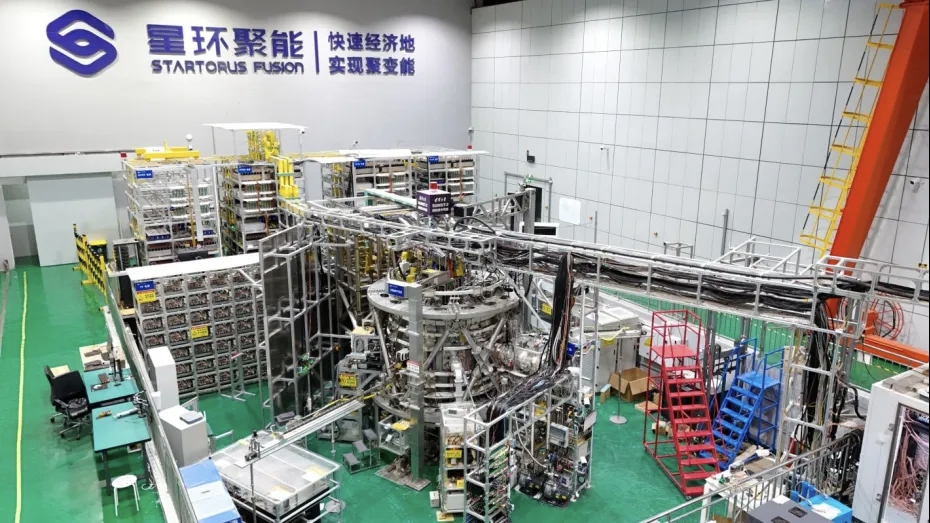All social activities on the planet depend on energy. However, the current energy sources available to human beings have varying degrees of defects, such as environmental pollution, geographical constraints and radioactive radiation.
According to a 2020 environmental study published by the Centre for Research on Energy and Clean Air and Green Peace Southeast Asia, particles thrown off by fossil fuel usage account for 4.5 million premature deaths each year around the globe.

Fig.1 Forms of energy sources such as wind, solar and fossil fuels
Mankind is in urgent need of a clean, nearly unlimited and powerful energy source. Fusion energy is one such source, which can serve as a zero-carbon, high-energy and stable source of electricity that is not dependent on geography, produce no long half-life or high-level radioactive waste, and does not present critical risks, core meltdowns, and other problems.
Since the advent of nuclear fusion technology, countries around the world have invested in the research and development of fusion energy. However, the stringent requirements of sustaining stable reactions and the lack of theoretical basis hindered us from making a major breakthrough in fusion research for more than half a century.

Fig. 2 HTS tapes and HTS magnet module
Image Source: Gretchen Ertl, CFS/MIT-PSFC, 2021
Nevertheless, in the recent decade, more and more people become sanguine about the commercialization of fusion in the next five to ten years. In addition to the continuous emergence of new materials and new methods in the field of fusion energy, there is more evidence presumably proving the accelerated pace of fusion commercialization.
PART1 Fusion regulatory framework designation
The establishment of a licensing and regulatory framework is one of the key elements for the successful commercialization of fusion energy. Fusion energy is a new industrial field for all countries in the world, and the government or private enterprise that first realizes the commercial use of fusion energy will most likely become the “bellwether” or broker in the industry. In other words, they benefit the most in the industry.
The United States
In 2019, the US Congress passed the Nuclear Energy Innovation and Modernization Act, dictating the Nuclear Regulatory Commission (NRC) to establish a fusion regulatory framework by December 31, 2027, for the development and commercialization of advanced nuclear reactors.
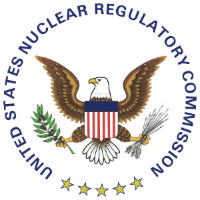
In September this year, NRC laid out regulatory options for fusion energy to commissioners in its white paper “Licensing and Regulating Fusion Energy Systems”, and also noted the importance of establishing a clear-cut fusion energy licensing and regulatory framework to the flourishing development of fusion in the coming years.
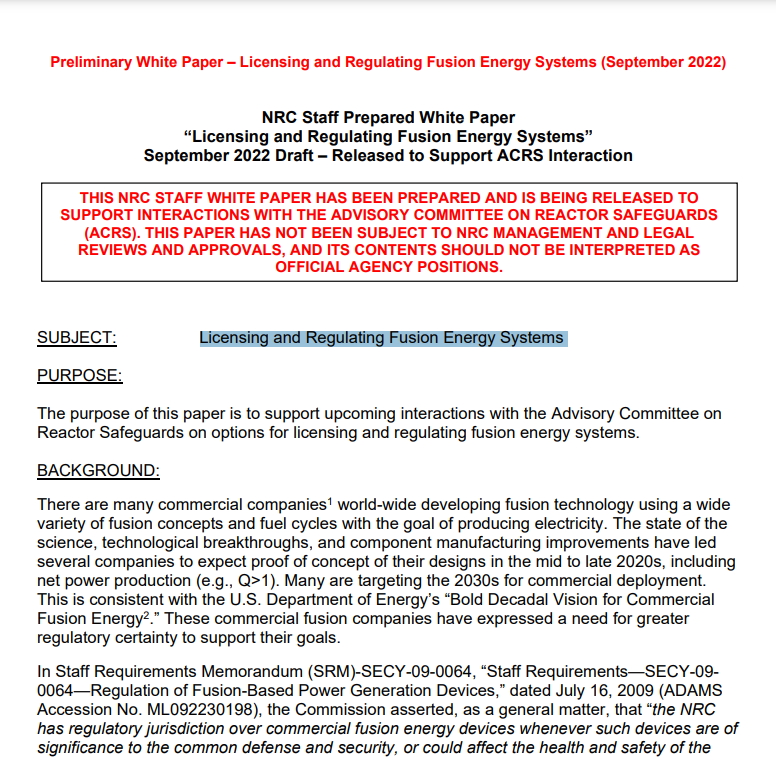
Fig.3 Licensing and Regulating Fusion Energy Systems
Article Source: September 2022 NRC release
NRC staff proposed three regulatory approaches for the Commission to choose from in the white paper, based on their understanding of the commercial deployment of future fusion energy systems and the risks and hazards associated with fusion reactions.
(1)Utilization Facility Approach
反应设施
Fusion energy systems could be classified as utilization facilities by the rule that they make use of atomic energy “in such quantity as to be of significance to the common defense and security, or in such manner as to affect the health and safety of the public.” The NRC staff also acknowledged that "the potential hazards of current fusion energy systems appear to be lower than those of typical nuclear reaction facilities," suggesting that relying on this framework alone may not make much sense for the industry.
(2)By-product Material Approach
Under this framework, the NRC can classify fusion devices as “particle accelerators”, which share some characteristics with fusion devices.
(3)Hybrid or New Approach
This approach could end up being a better fit for the industry, but it could also complicate fusion regulation.
On November. 8, the NRC held another public meeting to discuss the fusion energy regulatory approach. The Energy Department, representatives of the agreement countries and private industry agreed that the regulation of fusion energy should be separate from that of nuclear fission. NRC staff also discussed approaches to regulating fusion energy that are similar to the way “particle accelerators” are regulated, while encouraging innovation and deployment of fusion energy technology.
The white paper is a preliminary step in the development of a more mature legislated regulatory framework for fusion energy that could emerge within the next five years.
The UK
The UK was an earlier adopter of a fusion energy strategy. In October 2021, the UK government published a fusion energy strategy that sets out how the country can use science, business and international leadership to deliver fusion energy.
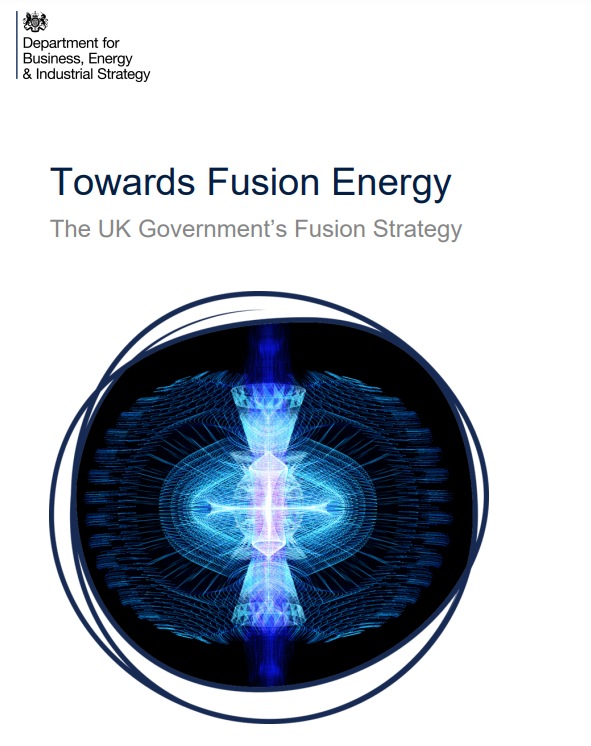
Fig.4 Towards Fusion Energy—the UK Government’s Fusion Strategy
Image Source: Released in October 2021 by the government
At the same time, a green paper on fusion regulation has been published, setting out regulatory approaches to fusion energy systems. In June this year, the UK government confirmed that it will legislate the regulation of fusion energy, amending the law to separate the regulation of fusion energy facilities from the existing nuclear facility supervision and licensing applications.
Japan
Japan is similarly ambitious about “fusion energy”. Since joining ITER, Japan has built up fusion technologies. The Japanese government aims to put fusion reactors into practical use around the middle of this century.
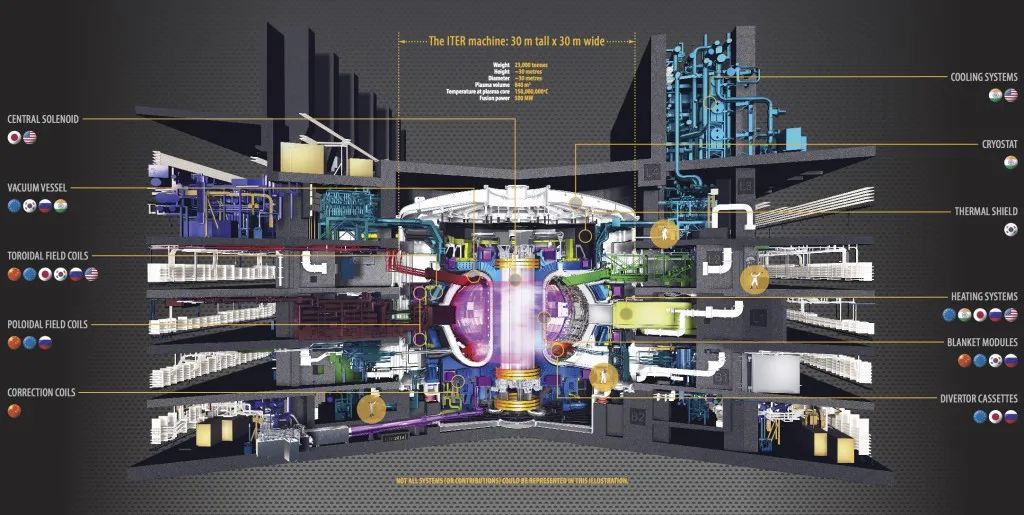
Fig.5 Countries responsible for producing different parts of the ITER reactor
Image Source: ITER
To achieve this, the government’s new strategy will include support measures for small and medium-sized enterprises and venture capital firms, as well as ways to attract private sector investment. On November 4, the Japanese Cabinet Office held a meeting on the fusion energy development strategy, confirming that the fusion strategy document will be completed by April 2023.
PART2 Interpretation by the top business think tank
An October McKinsey report, “Will fusion energy help decarbonize the power system?” predicts future energy development positively after analyzing breakthroughs in key fusion technologies and shifts in research direction. “Fusion energy research may have reached a turning point, and the next five to ten years will be a critical period for the development of fusion energy," it said.
Read more: McKinsey report predicts: Fusion energy has reached a turning point! Commercialization may be realized in the next decade"
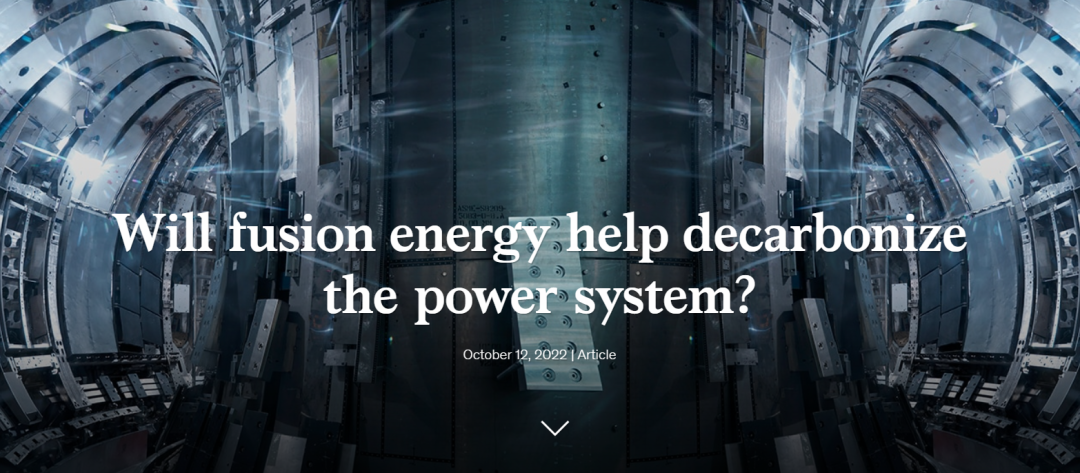
Fig.6: Will fusion energy help decarbonize the power system?
Article Source: McKinsey official website
It is worth mentioning that in the final part, the report takes the establishment of a licensing and regulatory framework for fusion energy as a key element in achieving the commercialization of fusion energy, which now appears to be very important and close to being achieved.
PART3 A boom in private investment
Whether it is the United States, the United Kingdom or Japan, the fusion energy strategy has been developed with consideration of support measures for small and medium-sized enterprises and venture capital firms, as well as ways to attract private investment. Such is one of the strategic goals to be achieved.
In total, venture capital firms spent $3.4 billion on nuclear start-ups in 2021, according to Pitchbook, a research firm. For comparison, about $361 million was invested globally in fusion start-ups between 2019 and 2020, compared with $258 million between 2010 and 2018.
While the nuclear sector averaged fewer than 10 deals a year over the past decade, that number jumped to 28 last year.
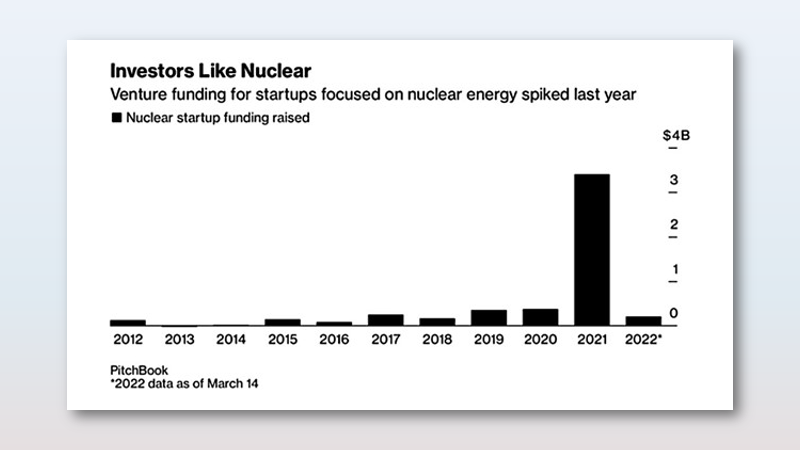
Fig.7 Investment by venture capital firms in nuclear start-ups
Image Source: PitchBook
According to the Global Fusion Industry in 2022, a report released by the Fusion Industry Association, private fusion companies received a total of $2.83 billion in investment in the past year.
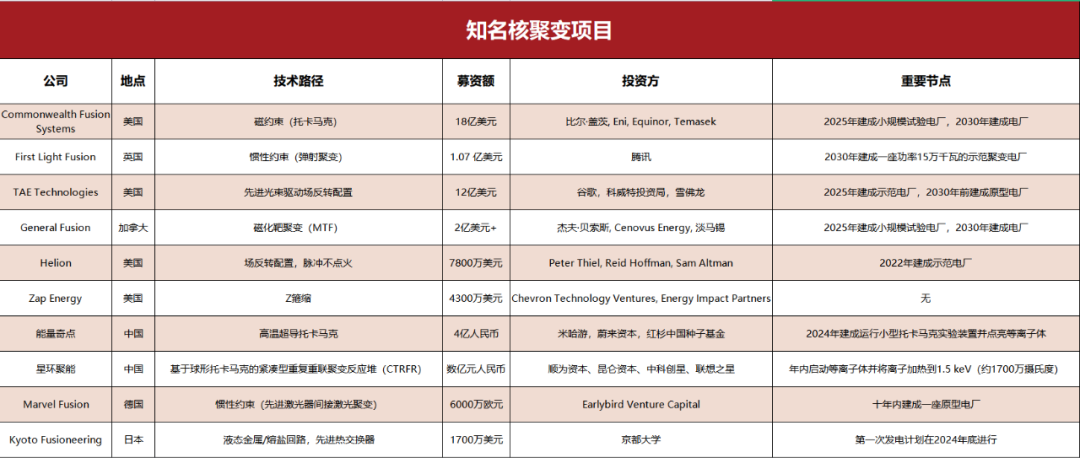
Fig.8 Investment in famous fusion projects
Source: Global Fusion Industry Report 2022
The number of startups in the fusion sector has also grown from 23 to 33. More excitingly, most fusion companies surveyed are confident about the commercialization of fusion in the future. They generally believe that humans will achieve the first commercial power generation based on fusion around 2030.
PART4 Conclusion
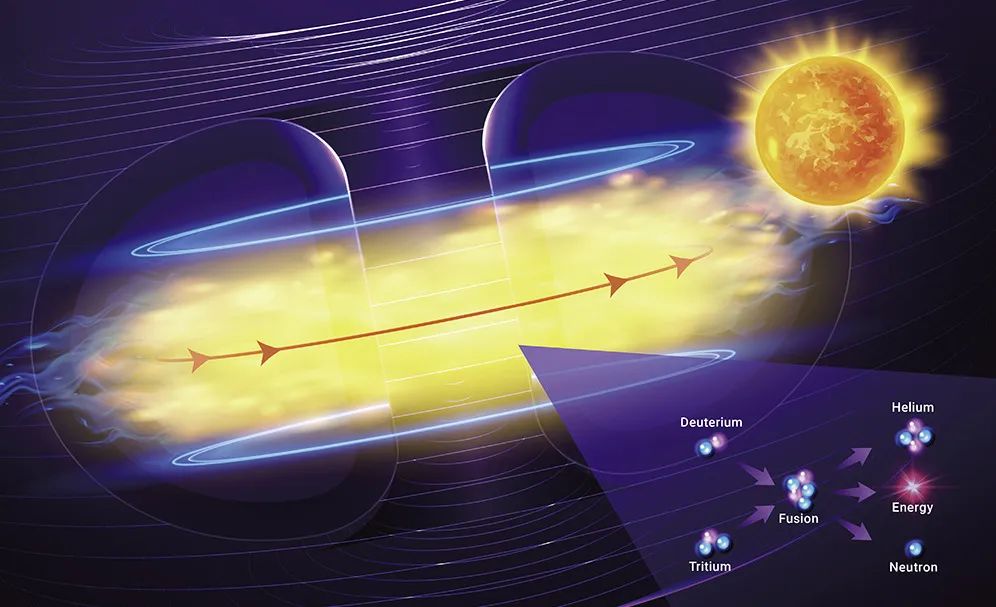
Energy shortage has been troubling governments all over the world and restricting human development, because energy underlies social development. Nuclear fusion technology is expected to become an effective way to solve the world problem. Based on the analysis of the current situation of fusion energy commercialization in this paper, including the policy support of governments, the optimistic forecast of top business think tanks and the explosive growth of private investment, the commercialization of controlled fusion is ushering in a new period of rapid development.




